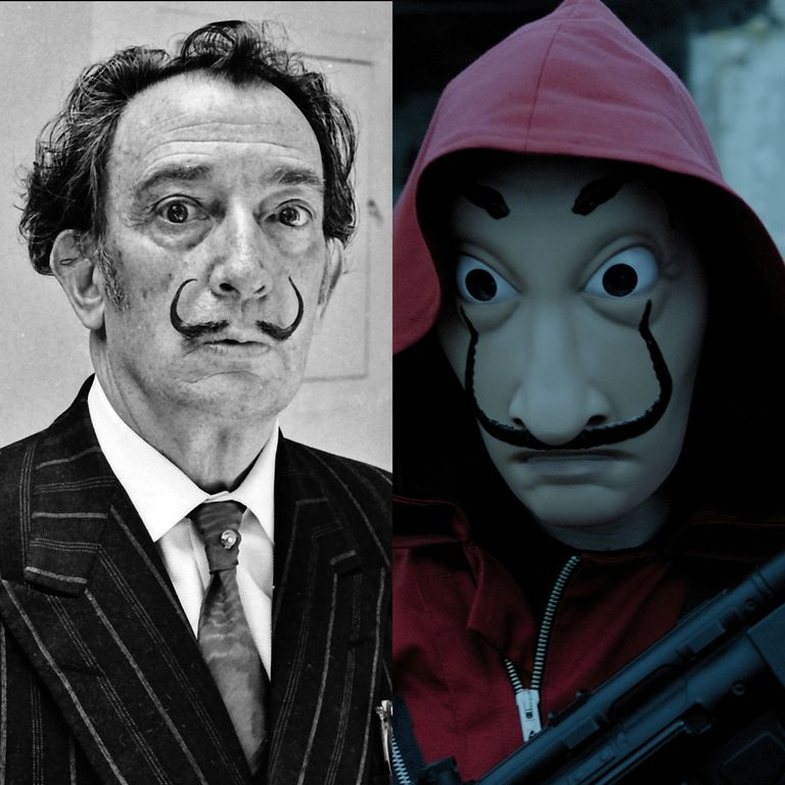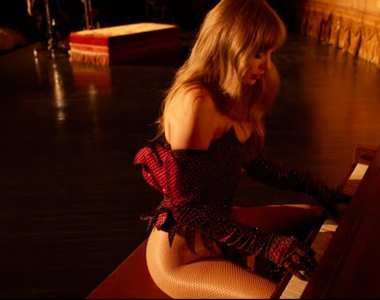
The following article does not reveal details from season four of La Casa de Papel.
It is only natural that anyone who has seen the La Casa de Papel seasons wonder if it is a story based on real events. The short answer? No, it's a complete fabrication. However, there are important aspects to the series that serve as homage to history, art, and philosophy.
From the first season, the characters wear masks with the face of famous Spanish painter Salvador Dalí. Much of his work was created during Dadaism, the last movement of the 20th century that required the rejection of modern capitalist society. His philosophy is consistent with that of the characters of "La Casa de Papel".

Red clothing also has a special meaning. Red has been used, among other things, as a symbol of resistance. Mention here is the revolution in 1700s France or 1950s Cuba, where red was a symbol of freedom.

Of particular importance is the song "Bella Ciao", performed by artist Manu Pilas. "Bella Ciao" is an Italian folk song originating from workers in Northern Italy who sang it as a form of protest against fascism, and over time, the song became the anthem of anti-fascist resistance by Italian partisans between 1943- 1945. Versions of "Bella Ciao" are sung around the world as a hymn of freedom.

Since its premiere in 2017, La Casa de Papel has been part of many protests around the world. In July 2019, protesters in Puerto Rico demanded that the governor resign. Some of them were seen dressed as the characters of the series. "We are the resistance," they wrote.
View this post on Instagram
The fourth season of "La Casa de Papel" premiered today (April 3) on Netflix.
Sources: Google Arts & Culture Center, The Oprah Magazine







